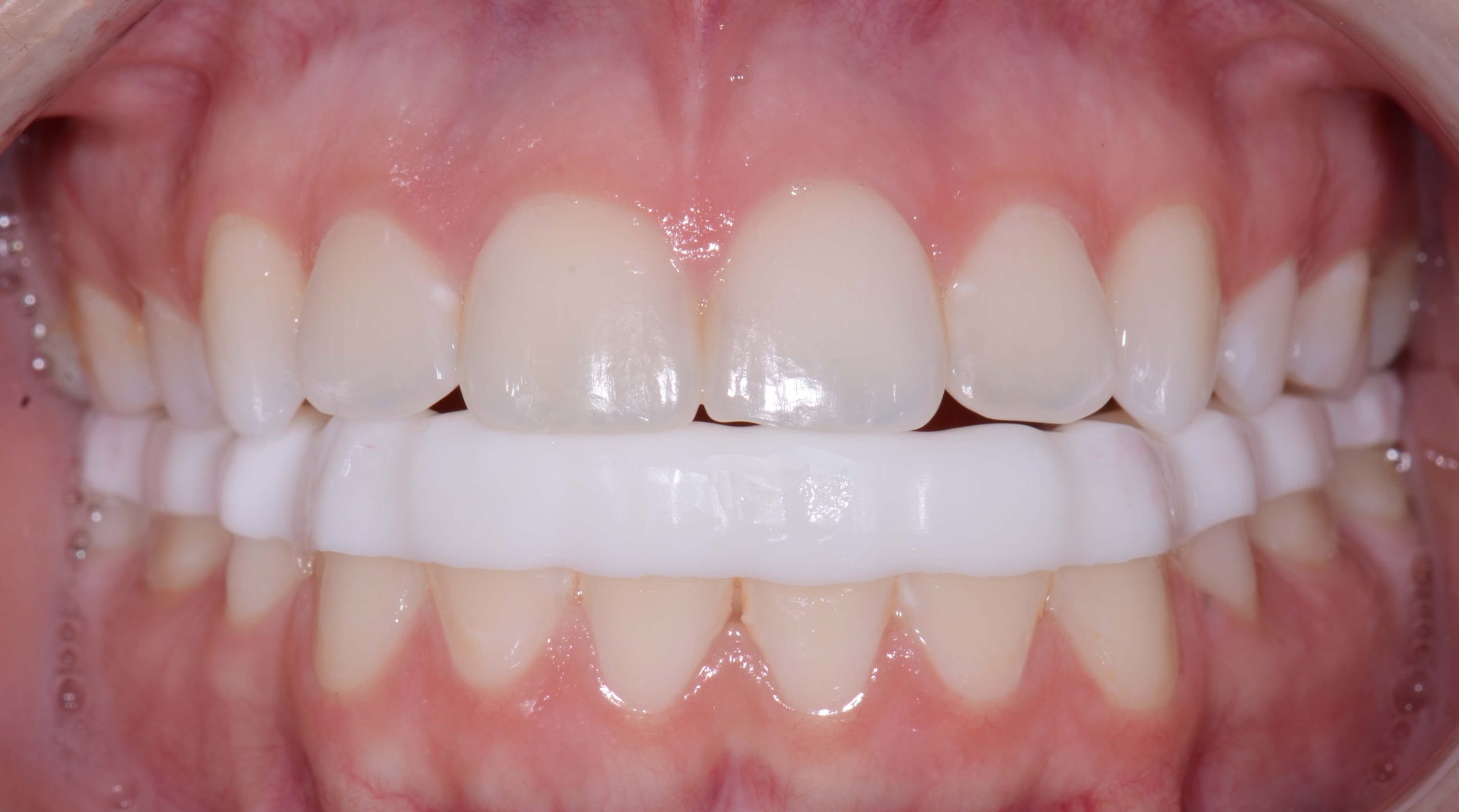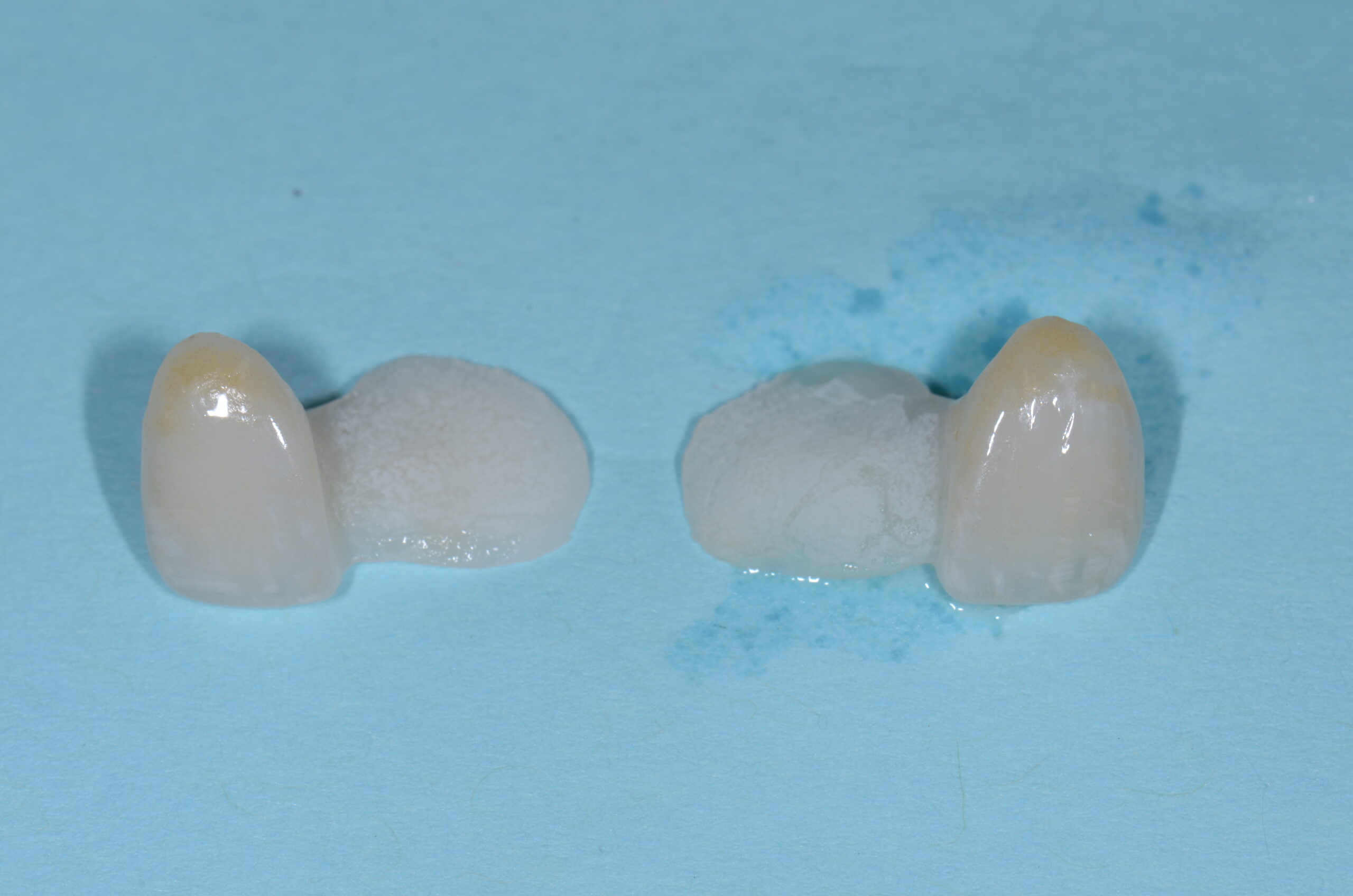
Digital Bite Splints: Part 2
(Link to Digital Bite Splints: Part 1)
If you’re hesitant to start testing out digital bite splints in your practice, read on to learn why one dentist prefers them for improved efficiency and accuracy.
In Part 1 of my thoughts on this topic, I explained the features I love when working with a lab to create digital bite splints. These bite splints have an incredible fit and allow for customizable retention. Below, I round out the rest of my perspective on why they’re a great option for many dentists.
Occlusal Schemes and Adjusting the Digital Bite Splint Design
I’ve played with different occlusal schemes for digital bite splints. I have utilized:
1. A universal flat plane appliance (upper or lower).
2. An anatomic retainer-type appliance we designed to have a little more detail.
3. One anterior repositioning appliance. It was created for a patient who had some recent trauma. We were trying to keep them from seating all the way for a short period of time.
The idea is that you can design the occlusal scheme any way you want. After we send the scan in and the lab does the initial design, they can send us back screenshots that show us what the design is.
When we look at those screenshots, we can make comments on them. If there’s a lot of change – if we want to shallow the guidance, steepen the guidance, or make it thicker/thinner – we can actually go online live with the lab as they enact the changes. We can watch it happen in real time.
Increasing Efficiency by Reducing Chair, Lab, and Adjustments Time
Digital bite splints are a nice, new way to do things. Personally, I think we’re getting a better result. It’s certainly saving us a ton of time, both in terms of lab time (model work time) and chair time because the patient doesn’t need a lot of reline time. Of course, keeping the nasty acrylic out of the mouth is another significant benefit.
You don’t have to spend a lot of time adjusting. The occlusal adjustments are nominal. If we get the records right with the scan, there is very little in terms of adjustments. In fact, that might be the downfall for some of us because we lose a portion of time for the patient to experience things. Sometimes, I’ll spend more time adjusting than I need to. I ensure the patient is engaged and experiencing what an even bite might feel like relative to their natural occlusion. But, in this case, I wouldn’t have to devote that time if I didn’t need to.
Digital bite splints are also really dense. Breakage is going to be a minor problem. They’re going to hold up and last a long time.
What technology are you considering using in your practice? Please leave your thoughts in the comments!
Related Course
Pankey Scholar 15A
DATE: January 16 2025 @ 6:00 pm - January 18 2025 @ 3:00 pmLocation: The Pankey Institute
CE HOURS: 0
Dentist Tuition: $ 3495
Single Occupancy with Ensuite Private Bath (per night): $ 345
“A Pankey Scholar is one who has demonstrated a commitment to apply the principles, practices and philosophy they learned through their journey at The Pankey Institute.” At its core,…
Learn More>







Dr. Becker…just curious what lab you are using for the digital splits …I would love to give them a call and have a chat with them…thanks
I am working with Mike Roberts at CMR dental lab in Idaho. We are currently milling them out of PMMA but will start printing them very soon.
I do an “open bite” scan with a seated joint position.
I scan the bite with an anterior deprogrammer in place at the desired thickness for the particular splint we are requesting. After “deprograming” for a few minutes on the jig, I gently guide the mandible using bimanual guidance technique into a bite registration material that my assistant squirts on the molars. Once the material has set, I remove one side and scan that side, then replace the material and remove it from the other side and scan that side.
If you do a closed bite scan, the lab has to “open” the bite for the thickness of the splint desired. There is not a good way to digitally do that along the arc of closure, so there is typically a lot more adjustments needed in the mouth.